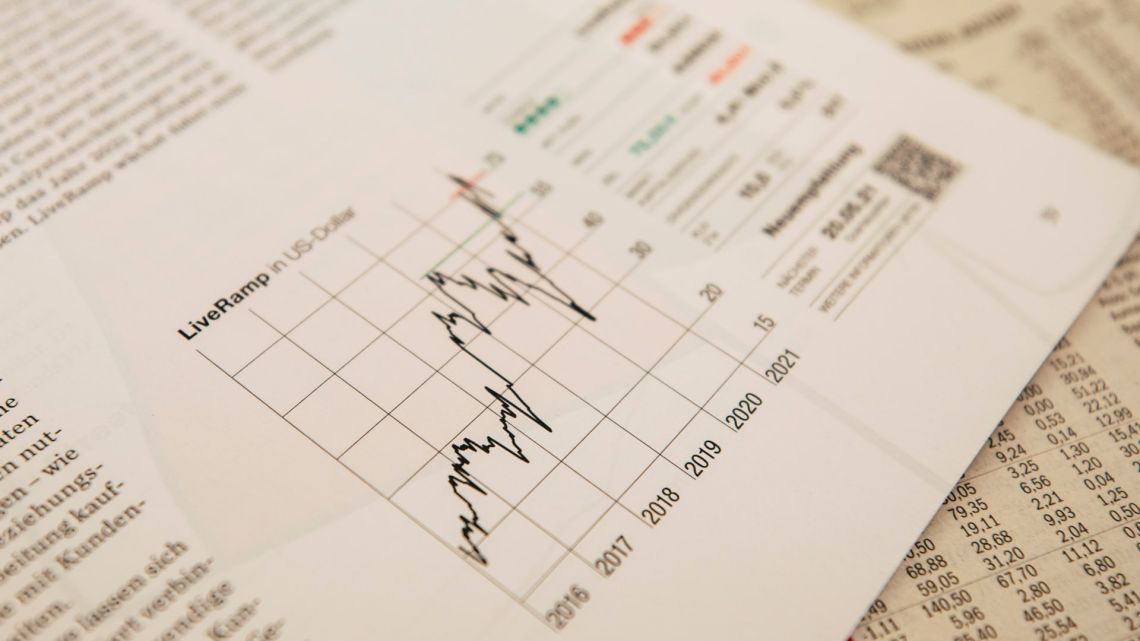
Germany's industrial production experienced a slight decline in August, delivering more negative news for the country's crucial manufacturing sector. The output decreased by 0.2% compared to the previous month, following a 0.6% dip in July. Although this decline was less severe than anticipated, it still missed economists' forecasts of a 0.1% fall. The data, released by German statistics office Destatis on Monday, indicates that the drop in production was primarily driven by a slump of 2.4% in construction output and a 6.6% plunge in energy production. However, there was a silver lining as output in the automotive industry increased by 7.6% in August, partially recovering from a 9.4% decline in July.
While these figures might appear discouraging at first glance, a closer look reveals that the situation is not as dire as it seems. In fact, when excluding the volatile components of energy and construction, production actually rose by 0.5%. This offers a clearer view of the underlying strength of the industry, with capital goods production experiencing a particularly significant increase of 1.3%. Capital Economics economist Franziska Palmas suggests that the drop in industrial production is driven by these volatile sectors and therefore may be better than initially perceived.
Despite this glimmer of hope, manufacturing output remains subdued overall, and experts predict further declines in the upcoming months due to the industry's poor outlook. It is clear that Germany's manufacturing base continues to face challenges, highlighting the need for strategic measures to revitalize this crucial sector.













Write Your Comment